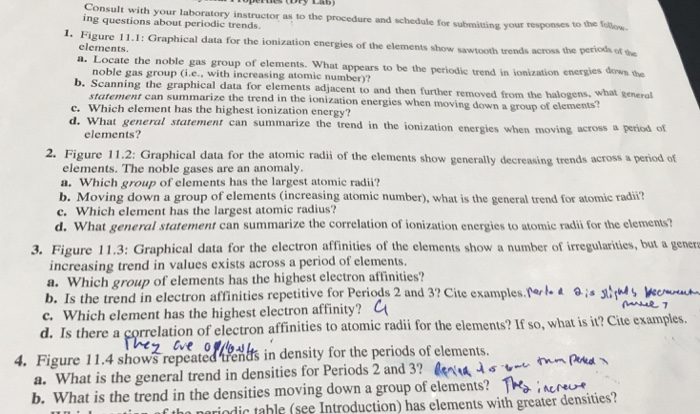Solutions and solubility worksheet answers provide a foundation for understanding the fundamental principles of chemistry. This guide delves into the intricacies of solutions, solubility, and their practical applications, offering a comprehensive resource for students and professionals alike.
From defining solutions and exploring factors affecting solubility to showcasing real-world examples and discussing methods for increasing solubility, this guide provides a thorough examination of the topic.
Define Solutions and Solubility
A solution is a homogeneous mixture of two or more substances. The substance present in a larger amount is called the solvent, while the substance present in a smaller amount is called the solute. Solubility is the ability of a solute to dissolve in a solvent to form a solution.
The solubility of a solute in a solvent depends on several factors, including:
- Nature of the solute and solvent
- Temperature
- Pressure
- Presence of other substances
Worksheet Questions and Answers: Solutions And Solubility Worksheet Answers
| Question | Answer |
|---|---|
| What is a solution? | A homogeneous mixture of two or more substances. |
| What is the difference between a solvent and a solute? | The solvent is the substance present in a larger amount, while the solute is the substance present in a smaller amount. |
| What factors affect solubility? | Nature of the solute and solvent, temperature, pressure, and presence of other substances. |
Examples of Solutions
Some common examples of solutions include:
- Salt water (sodium chloride dissolved in water)
- Sugar water (sucrose dissolved in water)
- Air (a solution of nitrogen and oxygen gases)
These solutions have different properties and characteristics depending on the nature of the solute and solvent.
Methods for Increasing Solubility
There are several methods that can be used to increase the solubility of a solute in a solvent:
- Increasing temperature
- Increasing pressure
- Adding a catalyst
- Changing the solvent
Each of these methods works by altering the equilibrium between the solid and dissolved states of the solute.
Applications of Solutions and Solubility
Solutions and solubility have a wide range of applications in various fields, including:
- Chemistry: Used in the preparation of reagents, solvents, and other chemical products.
- Medicine: Used in the formulation of drugs, intravenous fluids, and other medical products.
- Food processing: Used in the preparation of beverages, sauces, and other food products.
The understanding of solutions and solubility is essential for the development and application of these technologies.
FAQ Guide
What is a solution?
A solution is a homogeneous mixture of two or more substances, where the solute (substance being dissolved) is uniformly distributed throughout the solvent (substance doing the dissolving).
What factors affect solubility?
Solubility is influenced by factors such as temperature, pressure, surface area, and the nature of the solute and solvent.
How can solubility be increased?
Solubility can be increased by methods such as heating, stirring, reducing particle size, and adding a common ion.
